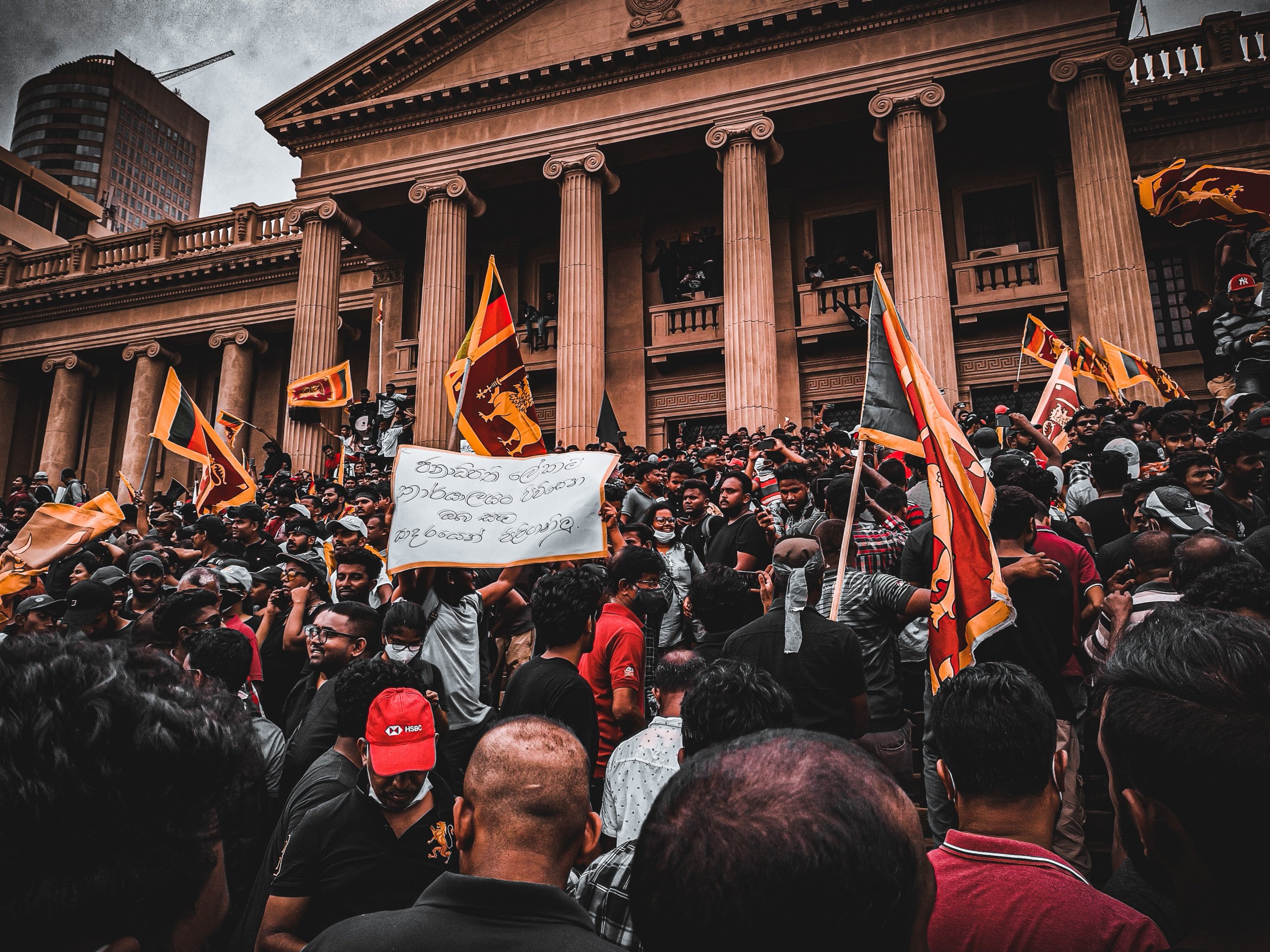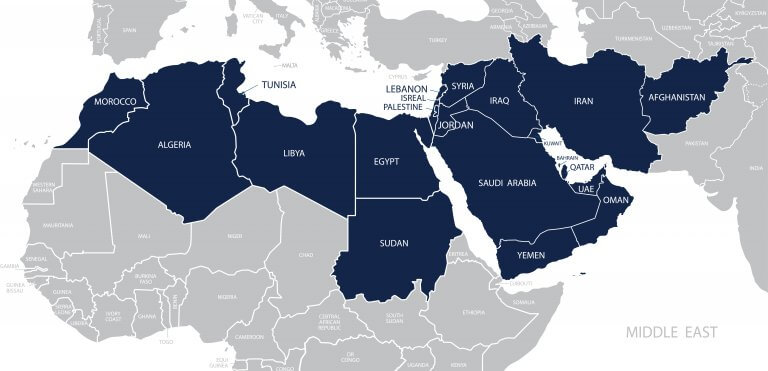
Sri Lanka: the revolution has passed, but the crisis remains
The protests that have been taking place in Sri Lanka since March seemed to be a partial success. On July 9, protesters seized the residence of authoritarian President Gotabaya Rajapaksa and after 4 days he was forced to flee the country to the Maldives and resign. However, there are not so many reasons that any positive changes will take place in the country. This applies to both the political and economic sides of the situation.
On July 20, former Prime Minister Ranil Wickremesinghe was elected by Parliament to the presidency of Sri Lanka and took the presidential oath the next day. The protesters began to demand his resignation, which looks quite logical as Wickremesinghe is directly related to the corrupt clan of the former President Rajapaksa and bears no less responsibility for the country’s crisis.

His biography clearly shows it: he came to power very young at the age of 28 back in 1977, when he became Deputy Minister of Foreign Affairs. During this time, he was the minister twice: first time – for youth and employment and then – for education. In addition, he was once the speaker of parliament. Back in May 1993, he was first elected Prime Minister of Sri Lanka and held this position until August 1994. Subsequently, he headed the government from December 2001 to April 2004 and then from January 2015 to October 2018 and again from December 2018 to November 2019. In May 2022, Ranil Wickremesinghe assumed leadership of the government for the sixth time. This was a record in the political history of Sri Lanka. Obviously, only a person belonging to the “political aristocracy” could make such a high-flying career.
The ruling elite is trying to pull off a cunning operation to preserve power. According to this plan, “responsibility” should be assigned to Gotabaya Rajapaksa and Wickremesinghe will be presented as a “reformer”. The reality is otherwise: the same people will remain in power and in the meantime Gotabaya Rajapaksa will be provided with a comfortable pension and even informal participation in decision-making. It is not surprising at all that Rajapaksa, who until recently could have feared criminal prosecution, now wants to return to Sri Lanka, where he will no longer be in danger.
The government of the country is also trying to relieve itself of its responsibility for economic miscalculations. In some media, a version is spreading that an important debt to China led to the energy and financial crisis. Some immoral journalists see in the protests not the will of the citizens of Sri Lanka, but the geopolitical games of China and Russia. More ethical media believe that the opposite is true – only China will help the country overcome the crisis. In fact, the economic crisis was caused by following the European tendency for “green energy”, which also could be detrimental for the European countries and even more for Sri Lanka. Without advisers from the US or Europe, Gotabaya Rajapaksa would not have made such a decision.

One of the main reasons for the problems was the ban in April 2021 on the use of inorganic fertilizers and agrochemicals and the switch to organic agriculture. Consequently, a decline in tea production was caused by farmers’ inability to purchase fertilizer. It resulted in an economic loss of about $425 million. Moreover, rice production fell by 20% in the first six months. Previously self-sufficient in rice production, Sri Lanka was forced to import $450 million worth of rice. In general, agricultural production has become several times more expensive with a sharp reduction of yields. And all this happened in the decline of foreign tourism during the COVID-19 pandemic. Sri Lanka’s external debt of $51 billion is undoubtedly significant and whose China is the main creditor. But during the crisis, the PRC did not demand an immediate repayment of the debt and therefore does not bear direct responsibility for the economic downturn.
The irrational steps of Rajapaksa led to a situation in which the country simply couldn’t afford to buy the required amount of fuel and gasoline. The population is still suffering from this deficit, and it is unlikely that the new president has a way to solve this problem. On July 22, two people died while waiting in queue for fuel. Last Sunday, the Sri Lankan authorities began distributing fuel at gas stations using special QR codes. Owners of private cars were allowed to fill up only twice a week on days determined by the last digit of the code. Furthermore, only one car is allowed to be registered in this way. The fight for affordable gasoline in Sri Lanka will last for a long time and the contest against a corrupted government and unprofessional management will last even longer.

